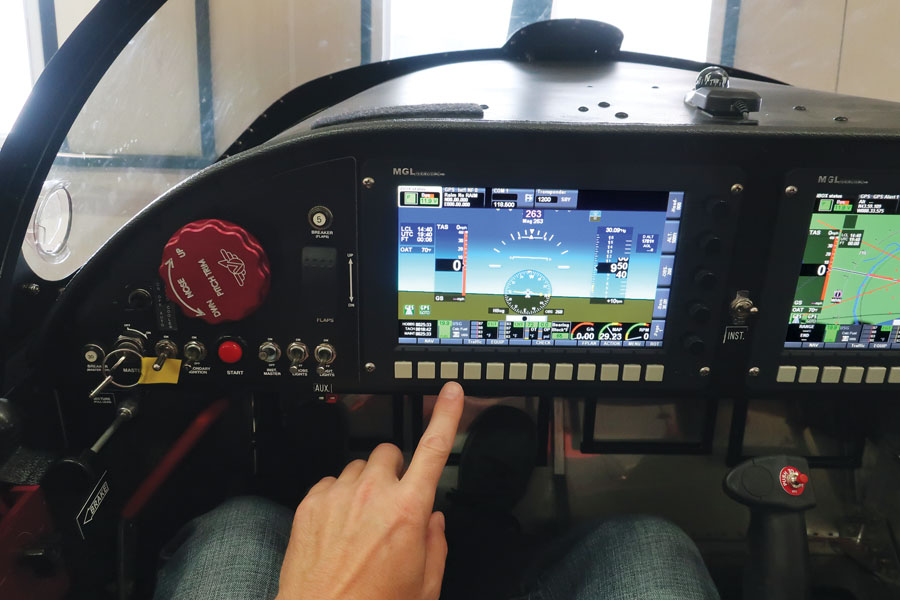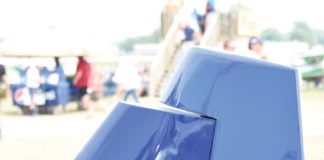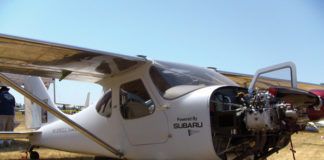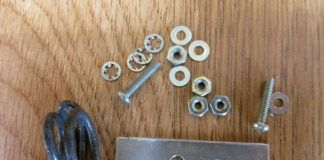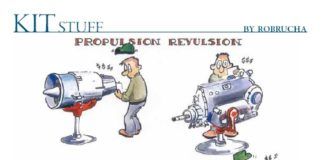There are identifiable times when flying becomes more dangerous. One that plays out in the homebuilt community is a new owner taking possession of a completed experimental aircraft. Too often, new owners treat this event like they are taking possession of a rental car, and the results can be fatal. I believe the primary cause for this attitude is the new owner believes all homebuilt aircraft are created equal. This is patently wrong.
Homebuilt aircraft are not created equal because builders are not created equal. To illustrate this, consider those social events where people paint a painting while drinking wine; all participants are given identical blank canvasses, paint, brushes, sample image, and guidance. Yet, wine not withstanding, no two final paintings are identical. That describes homebuilding, but in homebuilding the opportunities to alter the end product are exponential: workmanship, plans interpretation, engine choice, prop selection, instrumentation, radios, wiring, brakes, fuel system, canopy mechanism, cockpit ergonomics, starting procedure, instrument calibration…it’s endless, really.
Avionics have become increasingly more complicated with the proliferation of electronic flight information systems. If your new-to-you homebuilt is equipped with one, you will want to learn—as a minimum—its basic functionality before you fly to avoid having to learn it quickly in the air. (Photo: Kerry Fores)
This article was inspired by a conversation I had with the future owner of a finished, flying Sonex who requested a Sonex flight manual. I told him he needed to get a copy of the aircraft’s flight manual from the aircraft owner and he got…upset. He told me he had limited time upon taking possession of the aircraft to point it west for the (literal) cross-country flight home from the east coast to the west coast. I explained that the flight manual included with the kit only has value after it is filled out for a specific aircraft. He acknowledged that his mindset, cultivated in the certified aircraft world, was wrong and needed to be adjusted for the experimental world. Life saved? Maybe. Sadly, the homebuilt community has too many stories of new owners that never made it home with their used homebuilt airplane and even more stories of non-fatal accidents.
How can these losses be prevented or, at least, mitigated? By slowing down to learn the specific qualities of the aircraft you purchased, not the model of aircraft, be it a Sonex, RV-6, or Flitzer, but the specific aircraft. Begin by taking the time to get trained and competent flying the type of aircraft you are buying. Do this while you are still shopping for the one you want to bring home as it will take unnecessary pressure off the training. Your insurance company will dictate their training requirements to insure you, but you may need more training to be competent in the airplane. Next, don’t let the seller dictate the delivery schedule. Because they’ve given up their hangar is no reason for you to rush the pick-up. If necessary, look for alternate shelter for the airplane or offer to pay an extra month’s hangar rent. And don’t let a self-imposed timeline dictate your schedule. A holiday weekend is not enough time to pick up a new-to-you airplane and coax it 3000 miles back home.
Many homebuilders worry about a lawsuit stemming from an incident with the airplane they sell. Both you and the seller can alleviate this concern by completing an orientation flight together. The seller doesn’t have to be a flight instructor to let you fly the airplane and experience its particular controls and flight characteristics. Ask about takeoff technique and landing technique. Ask about the accuracy of the primary flight instruments and engine gauges, but assume the fuel totalizer and fuel-level gauge are inaccurate until you prove they aren’t. Ask if the aircraft has quirks that wouldn’t present themselves during the prepurchase inspection, such as a tire with a slow leak or a specific hot-start procedure. An honest seller will be forthright with answers. But remember, it’s a used homebuilt.
Have the seller walk you through their flight manual. If the airplane lacks checklists, create your own before flying home. Failing to lock the canopy is a checklist oversight that has damaged airframes and killed pilots. Study the avionics manuals (you may be able to download electronic copies to study in advance). Familiarize yourself with the location and operation of each control in the cockpit. Change the radio frequency, set the altimeter, set the fuel totalizer for the fuel on board, and sequence through the screens of the EFIS until doing so is automatic. Study the electrical schematic for that specific airplane; the builder should have created one. Perform a weight and balance so you know the loading limitations. Modifications to that airframe, and your own weight, may have reduced the designer’s stated luggage or fuel capacity for that particular aircraft.
Now, and only now, take your new bird flying by yourself. Take it to altitude and perform all the maneuvers you learned in flight training, as those are the maneuvers you’ll need for the flight home. Pull the power to check the glide performance. Investigate climb speeds and rates. How effective are the flaps? Fly a landing pattern at altitude before descending for touch and goes. Do a go-around. Do full-stop landings, but use the full runway for your takeoffs. Then land, refuel, and inspect the airplane. Perform a second flight in which you simulate a cross-country. Climb to a cruise altitude, set the trim, throttle, and mixture. Log an hour, more if fuel allows. After landing, refuel and calculate your fuel burn.
When you feel “cautious confidence” settle in, you are ready for the flight home. Weather permitting. On the flight home give yourself a broad margin of safety on fuel consumption, altitude, weather minimums, weight and balance, and airport size and location. Take your time getting home. Don’t accept a landing clearance that puts you in front of a Citation. You want your friends and family to see your new airplane. Even more, they want to see you.

